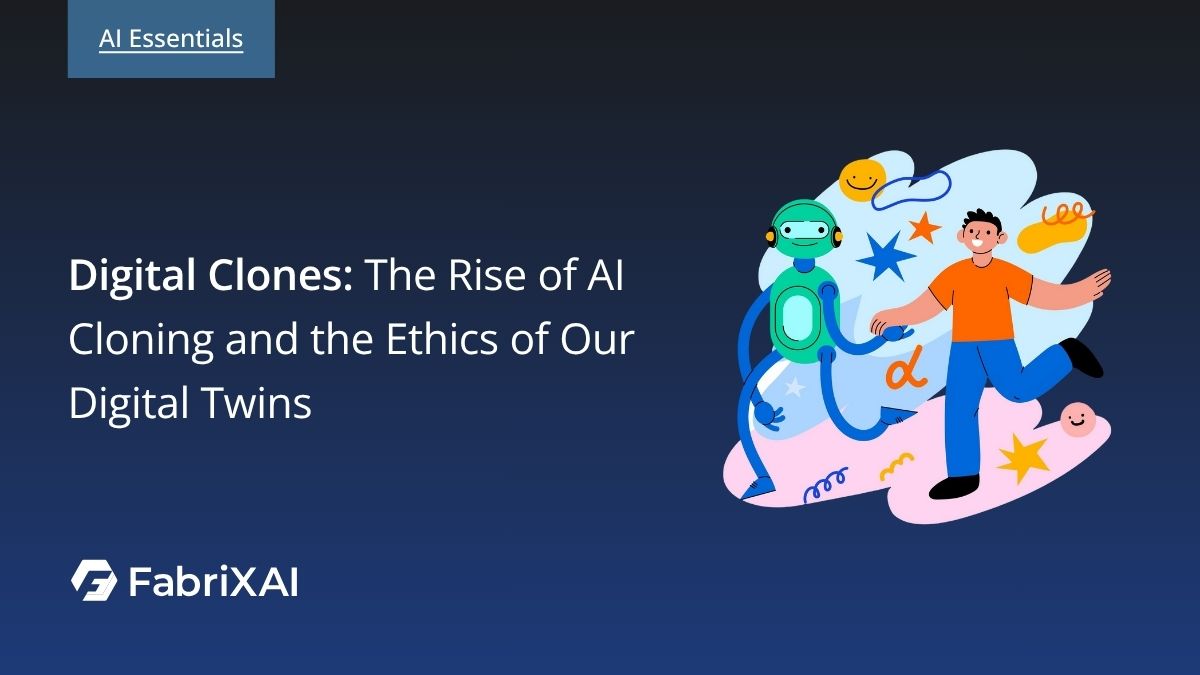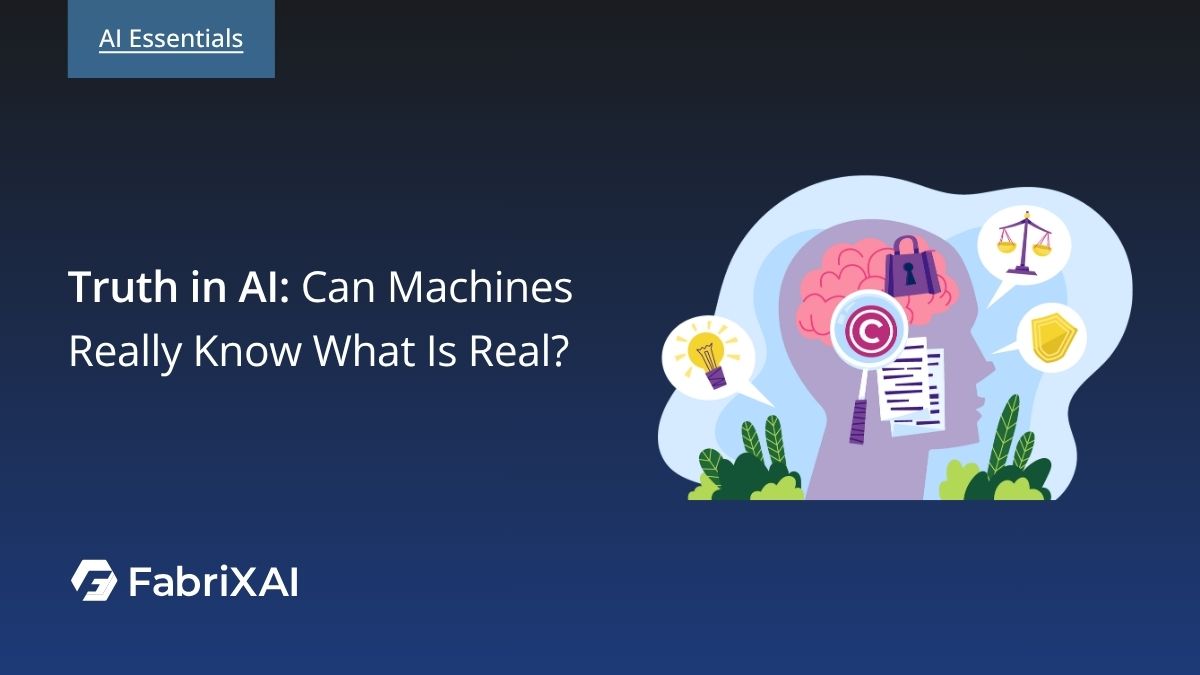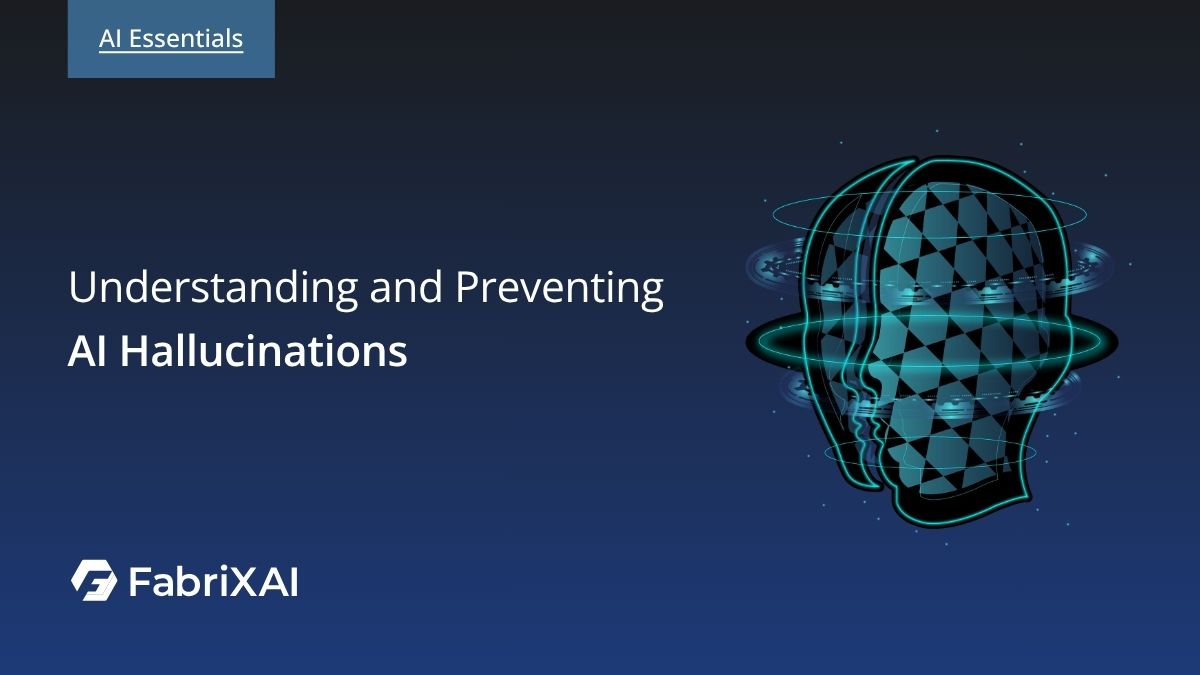Unveiling the Power of LLM: Shaping the AI Landscape

In recent years, the evolution of artificial intelligence has brought about a groundbreaking advancement – the development of Large Language Models (LLMs). These models have transformed the way we interact with machines, enabling AI to understand and generate human-like text with remarkable accuracy. Some prominent examples of LLMs include OpenAI’s GPT-4, Google’s BERT, and Facebook’s RoBERTa.
This blog post will explore the intricacies of LLMs in depth. It will delve into the key components and inner workings of these models, examining both their benefits and drawbacks. Additionally, the post will discuss the various applications and real-world use cases of LLMs, as well as their future potential and implications for the continued advancement of artificial intelligence.
What is Large Language Model (LLM)?
A Large Language Model (LLM) is an advanced type of artificial intelligence model designed to understand, generate, and manipulate human language. These models are trained on vast amounts of text data using machine learning techniques and are capable of performing a wide range of language-related tasks. LLMs use deep learning techniques, particularly transformer architectures, to process and generate text that is coherent and contextually relevant.
Architecture of Large Language Models (LLMs)

To understand the fundamental architecture of these groundbreaking Large Language Models, we can refer to detailed explanations such as those found on GeeksforGeeks. The primary components of LLMs typically include:
- Tokenization: Breaking down text into smaller units called tokens.
- Embedding: Converting tokens into numerical vectors that capture their semantic meaning.
- Attention Mechanisms: Allowing the model to focus on relevant parts of the text when generating or interpreting language.
- Layers: Stacking multiple layers of neural networks to enhance learning and performance.
Exploring Layers in LLM
- Input Layer: The process starts with the input layer, where the text is tokenized and converted into embeddings.
- Encoder Layers: In models like Transformers, encoder layers process the input text. Each encoder layer consists of:
- Multi-Head Self-Attention: This mechanism allows the model to weigh the importance of different words in the input sequence.
- Feed-Forward Layer: After attention, the data passes through a feed-forward neural network to capture more complex patterns.
- Decoder Layers: For models designed for tasks like translation or text generation, decoder layers are crucial. Each decoder layer includes:
- Masked Multi-Head Self-Attention: Ensures the model only attends to previous positions in the sequence.
- Encoder-Decoder Attention: Links the encoded input sequence with the output sequence being generated.
- Feed-Forward Layer: Similar to the encoder, it helps in processing the data further.
- Output Layer: Finally, the output layer converts the processed data back into a human-readable format, generating the final text output.
How do Large Language Models (LLMs) work?
To truly unlock the full potential of Large Language Models (LLMs), we must first dive deep into understanding their intricate training, fine-tuning, and prompt tuning processes. These essential steps collectively enable these powerful models to perform their language-related tasks with unparalleled precision and relevance.
1. Training
Training an LLM involves feeding the model vast amounts of text data and using deep learning algorithms to adjust the model parameters. This process helps the model learn the nuances of human language, including grammar, syntax, and context.
2. Fine-Tuning
Fine-tuning is the process of taking a pre-trained LLM and further training it on a specific dataset or for a particular task. This step is crucial for adapting the general capabilities of the model to specialized applications, improving its performance on specific tasks.
3. Prompt Tuning
Prompt tuning involves tweaking the input prompts given to the LLM to elicit desired responses. This technique can significantly enhance the model’s performance by guiding it to generate more accurate and contextually appropriate outputs.
What Are Some Benefits and Drawbacks of LLMs?
The benefits and drawbacks of LLMs are crucial considerations when assessing their utility and impact across various applications. Below, we explore these aspects.
Benefits
- Wide Applications / Flexibility: LLMs can be used for a variety of tasks such as language translation, sentiment analysis, and sentence completion.
- Extensibility and Adaptability: These models can be adapted to new tasks with minimal effort.
- Accuracy: LLMs have demonstrated high levels of accuracy in understanding and generating human language.
- Fast Learner/Efficiency: LLMs can quickly learn from vast datasets and improve their performance.
- Multilingual Capabilities: Many LLMs are trained on multilingual datasets, enabling them to efficiently handle and translate between multiple languages.
Drawbacks
- Hallucinations: LLMs sometimes generate plausible-sounding but incorrect or nonsensical text when it meets some questions or queries which require information that it does not know or trained with.
- Security Risks: There are concerns about the misuse of generated content for malicious purposes. LLM may also use your input or data for further training.
- Bias: LLMs can perpetuate and amplify biases present in the training data.
- Costs: The development and operational costs of training and running LLMs can be substantial.
- Deployment: Deploying LLMs in real-world applications poses technical and logistical challenges.
What is LLM used for?

The versatility of Large Language Models (LLMs) is exemplified by their extensive applications across diverse domains. As we continue our exploration of these advanced AI systems, let’s examine some of the primary use cases that have come to the forefront.
- Information Retrieval: LLMs can efficiently sift through large volumes of text to find relevant information. This is particularly useful in research, legal work, and any field requiring quick access to specific data points.
- Text Generation: These models can generate coherent and contextually appropriate text, making them useful for writing articles, creating content, and automating repetitive writing tasks.
- Code Generation: LLMs can assist programmers by generating code snippets, suggesting improvements, and even debugging code, significantly speeding up the development process.
- Sentiment Analysis: By analyzing text data, LLMs can determine the sentiment behind it, which is invaluable for market research, customer feedback, and social media monitoring.
- Chatbots and Conversational AI: LLMs power advanced chatbots like ChatGPT, enabling them to engage in meaningful and contextually appropriate conversations with users, enhancing customer service and user experience.
LLM Real-World Use Cases
The versatility of Large Language Models extends beyond theoretical applications, making a tangible impact in various sectors. Here are some real-world scenarios where LLMs are currently being utilized:
1. Technology
Automated Code Review: In the tech industry, companies can leverage LLMs to automate code review processes. By integrating LLMs into their development workflows, these companies can automatically detect bugs, suggest improvements, and ensure code quality. This not only speeds up the development cycle but also reduces human error, leading to more robust and reliable software.
2. Science
Climate Modeling: Organizations such as NASA use LLMs to enhance climate models. By integrating large datasets from various sources (e.g., satellite imagery, historical weather data), LLMs improve the accuracy of climate predictions and help formulate strategies to combat climate change.
3. Marketing
Customer Insights and Segmentation: E-commerce platforms can use LLMs to analyze customer behavior and segment audiences based on their preferences and purchase history. This allows for more personalized marketing strategies and improved customer retention.
The Future of LLMs
The future of LLMs holds immense potential, promising advancements that will further integrate AI into our daily lives. Let’s look at some key areas of future development:
- Increased Capabilities: Future LLMs will likely have enhanced capabilities, including better understanding and generation of contextually rich text.
- Audiovisual Training: Combining text with audiovisual data will enable LLMs to understand and generate multimodal content.
- Workplace Transformation: LLMs are poised to transform workplaces by automating routine tasks, enhancing productivity, and enabling new forms of human-AI collaboration.
Conclusion
In summary, Large Language Models represent a significant leap forward in the field of artificial intelligence, offering unparalleled capabilities in understanding and generating human language. As these models continue to evolve, their impact on various industries and aspects of daily life will only grow, heralding a new era of AI-driven innovation. The future of LLMs is bright, with potential advancements promising to further integrate AI into our daily lives, making it a powerful tool for both personal and professional use.
LLM related FAQs
1. What is a Large Language Model (LLM)?
A Large Language Model (LLM) is an AI model designed to understand and generate human language. It uses deep learning techniques to process and create text that is contextually relevant and coherent.
2. How are LLMs trained?
LLMs are trained on vast amounts of text data using deep learning algorithms. This process helps them learn the nuances of human language, including grammar, syntax, and context.
3. What are some examples of LLMs?
Some notable examples of LLMs include OpenAI’s GPT-4, Google’s BERT, Google and Carnegie Mellon University’s XLNet, and Facebook’s RoBERTa.



